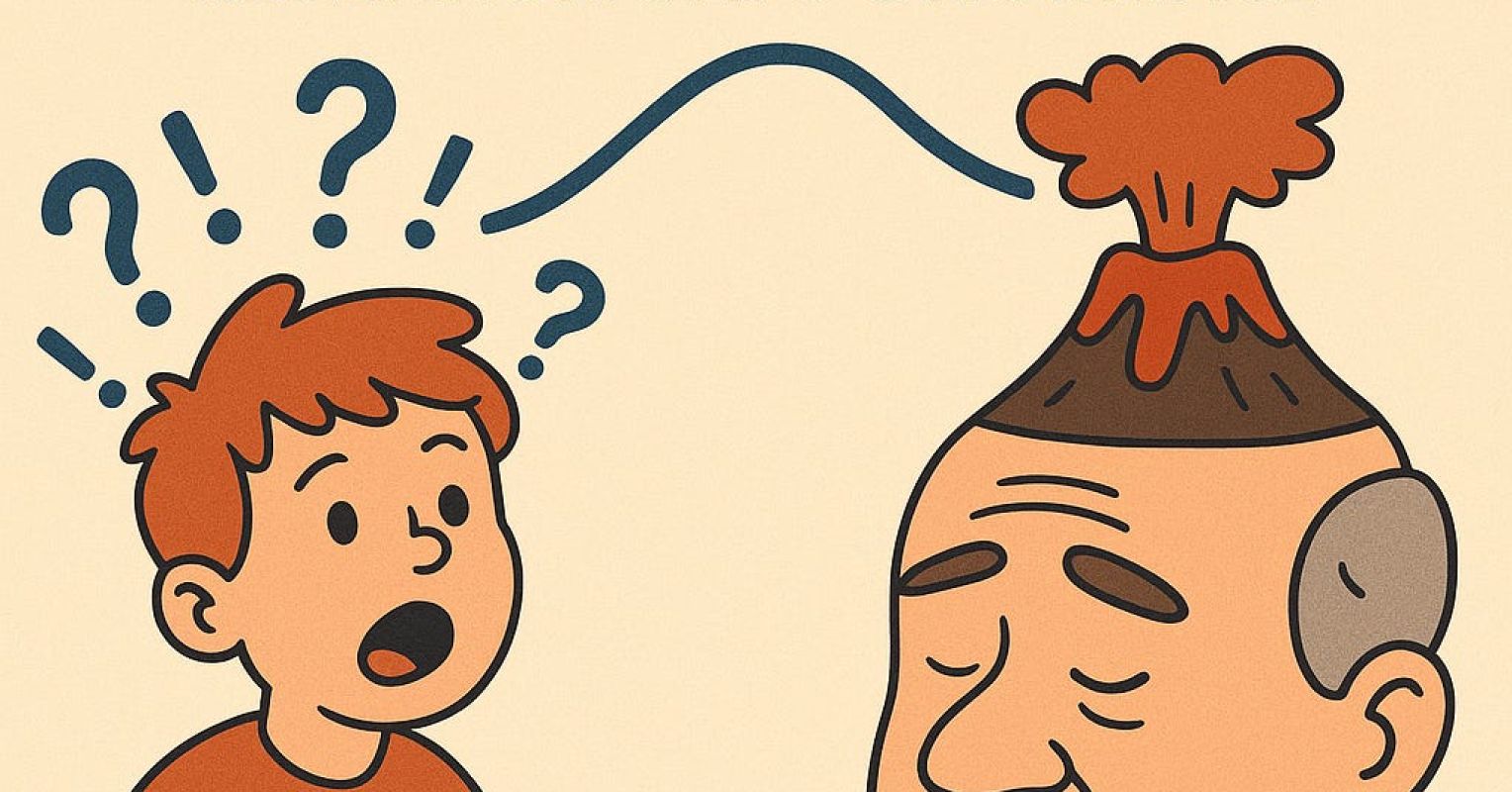
"My daughter climbed into the car after her first volleyball game, ponytail unraveling. I launched into a play-by-play: her crisp serves, her quick digs, her intensity. She cut me off: "Dad, can you not?" I could have sulked, withdrawn, or delivered the classic wounded-parent monologue: "Fine, I won't come next time." Instead, I pivoted. "Okay. Give me the script. What do you want me to say after games so you don't feel cornered?""
"She gave me the lines. I wrote them down. That's curiosity with teeth. It isn't wide-eyed wonder. It's swallowing pride, asking for recalibration, and borrowing someone else's words to play your role better. A single question (yet again) turns defensiveness into a shared tool for the next time. Kids, Adults, and the Compressed Volcano We love the myth that children brim with curiosity and adults lose it. Research says otherwise. Curiosity actually rises into middle age before tapering gently later."
Curiosity does not vanish with age; it transforms inward rather than disappearing. A well-placed question can interrupt the pressure of manufactured urgency and invite more thoughtful responses. Curious engagement works best alongside humility and perspective to avoid interrogation or self-erasure. Practical, small interventions—such as asking for a preferred script after conversations, drafting a risky question in advance, or temporarily banning fact-checking at dinner—can rebuild curiosity in relationships and social settings. Longitudinal evidence shows curiosity often increases into middle age before gently declining, challenging the assumption that curiosity is primarily a childlike trait.
Read at Psychology Today
Unable to calculate read time
Collection
[
|
...
]